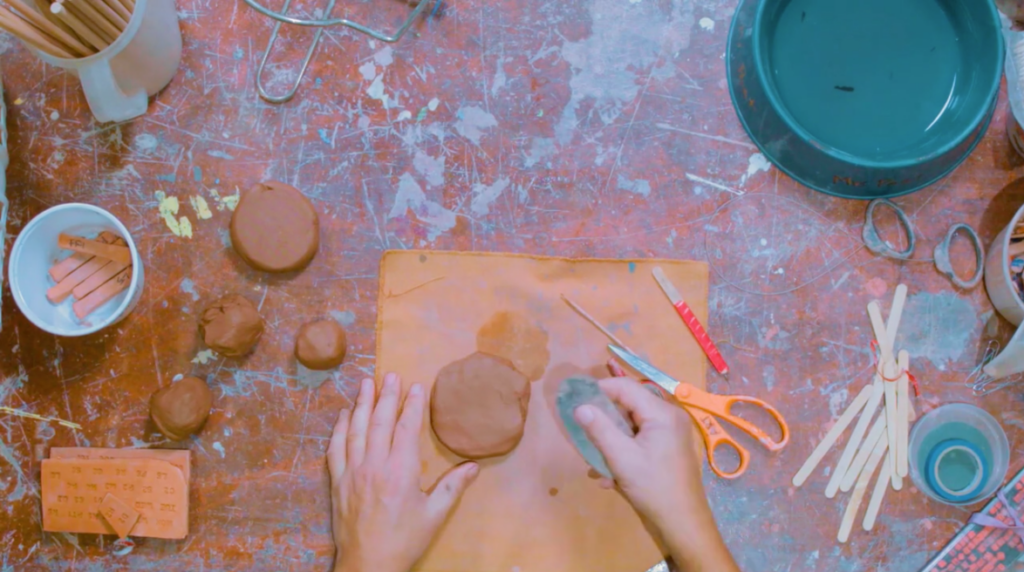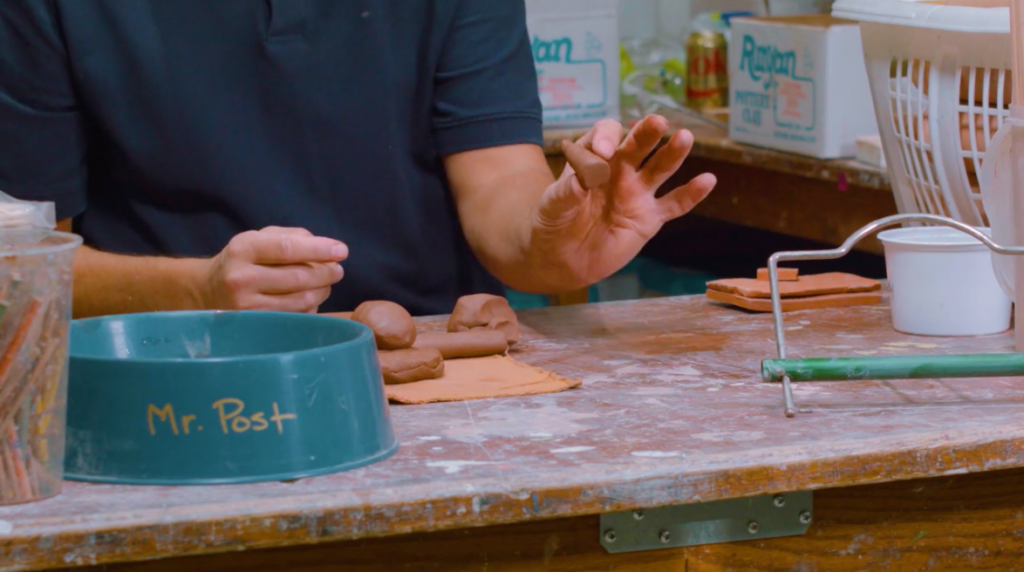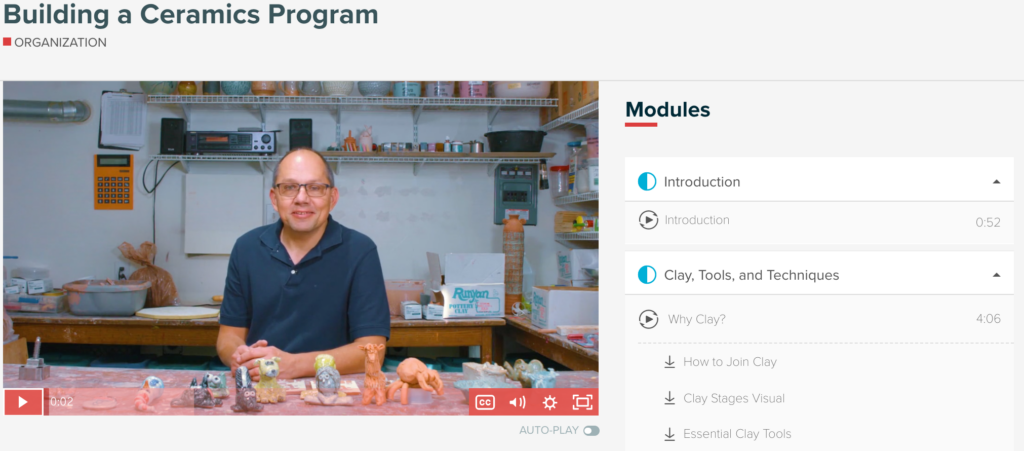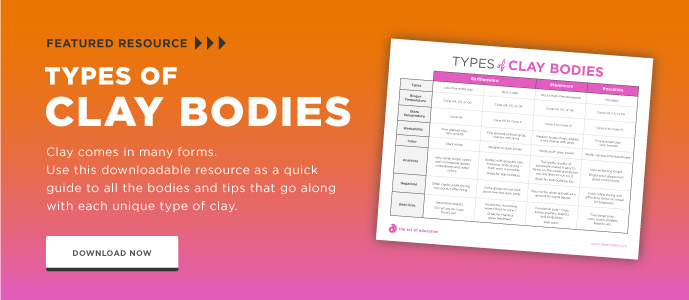As an art educator, you know creativity takes risk and practice. You know the process is just as important as the rewarding end. When it comes to working with clay, however, many art teachers find themselves filled with dread. Maybe you had a bad experience in your college ceramics class, maybe your current school has zero clay supplies, or maybe you know nothing when it comes to ceramics—you are more of a 2-D focused educator. It is understandable. Clay is a fascinating and vast medium, and while it might have a reputation of being messy, it opens up uniquely creative and artistic doors for you and your students.
While it is certainly reasonable to be intimidated, there really is no reason NOT to explore ceramics with your students.

Download our free Types of Clay Bodies to better understand different types of clay.
Here are 4 reasons why you should get started with clay:
1. Students love it.
Sure, there might be one or two students who won’t enjoy it as much as you hope, but overall, students are begging to work with clay. There is just something about it. Students can get their hands and their minds working together in new ways. The idea of making something from some fancy mud is captivating to students at all levels. If you survey a group of elementary students and ask them what material they would like to work with more, the answer will almost always be—clay. If you ask a group of adults what art projects they still have from when they were a kid you will most likely have more ceramic artworks on shelves than any other. Perhaps it’s the permanent nature of clay students find so appealing. Whatever the draw, give them the chance to work with clay!
2. A decrease in negative behaviors.
Classroom management is perhaps the biggest challenge for teachers today. We have all the passion and the knowledge, but if our students cannot create within the limits of acceptable behavior, teaching is next to impossible. The introduction of clay, however, can transform even the most unpredictable of students. The novelty and exclusivity of the material rub off on the students. Many an art teacher can testify once they began using clay regularly, classroom management was easier. No, clay will not get rid of students acting inappropriately, but clay will demonstrate you trust students with the material. In exchange, students tend to seize the opportunity and make the most of it.

3. An increase in student engagement.
In a perfect world, every student would love art. They would hang onto your every word and create an artwork to their fullest potential every day. Well, we don’t live in a perfect world, but clay in your art room could be the ticket to getting one step closer. Students’ faces light up with clay. They cannot wait for their artwork to come out of the kiln. The anticipation for the process is unbeatable. They are intensely curious about how glaze works. They want to know how to make a cup, a dragon, a bird’s nest, whatever it may be. In a nutshell, they actually want to learn rather than just do.
4. Truely hands on.
Finally, although your students may not realize it, they are craving hands-on experiences. They want to get their boots on the ground of creativity, but they don’t always know how. That is where you and clay come in! In this Art Ed PRO Learning Pack, John Post talks about how “hands-on is brains-on.” Students are engaging their brainpower when they work with clay. The sense of satisfaction for the steps as well as the end result, is something a student can never experience on a device or rarely in their other content areas. The fine-motor skill practice for students is also irreplaceable.
To Learn More
If you’re interested in learning more about clay in your art classroom, there are many great resources out there. Here are three other resources we recommend:

Building a Ceramics Program PRO Learning Pack
Learn more about getting started with a ceramics program from art teacher and clay expert, John Post. In this Learning Pack, you will find the resources you need to set up your classroom, scaffold your curriculum, and design your instruction to best set up a successful clay curriculum.
Learning to Love Ceramics, Part 1 (Ep. 052)
In this episode of Art Ed Now, hosts Tim Bogatz and Andrew McCormick talk about the love/hate relationship they have with ceramics and give some great tips along the way.
4 Essential Things You Need to Know About Clay
There is always something to learn, and in this article, Abby Schukei gives you four helpful tips to get your clay projects up and running.
If you have never tried teaching clay, it is completely fine to be a bit overwhelmed. It is all about taking the first step toward a vastly worthwhile addition to your students’ experience in your classroom. The resources here will help you create the building blocks for a successful ceramics program. There is nothing to lose, but so much to gain. Good luck!
Magazine articles and podcasts are opinions of professional education contributors and do not necessarily represent the position of the Art of Education University (AOEU) or its academic offerings. Contributors use terms in the way they are most often talked about in the scope of their educational experiences.





